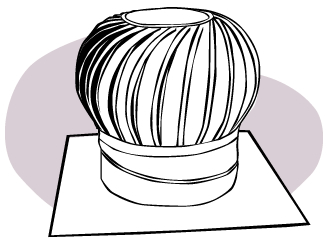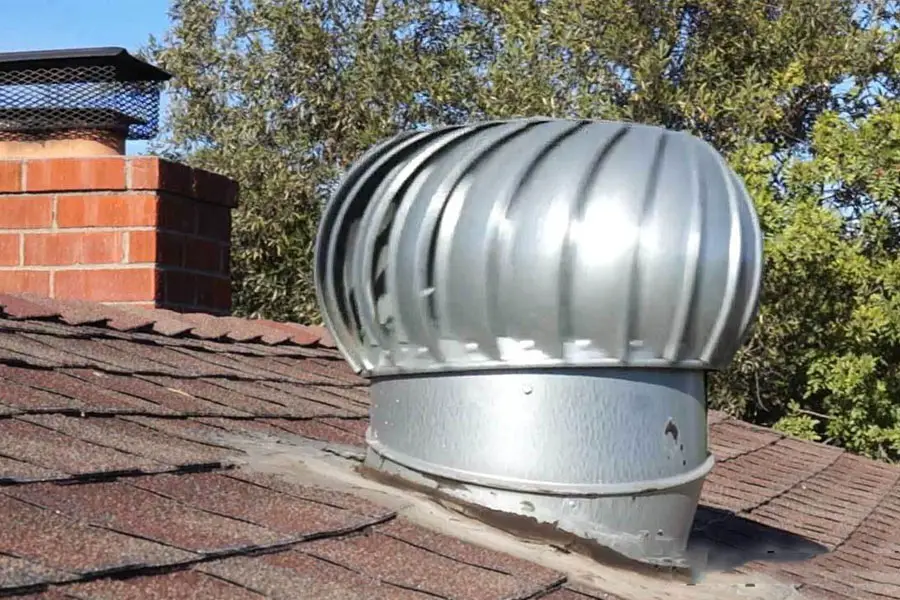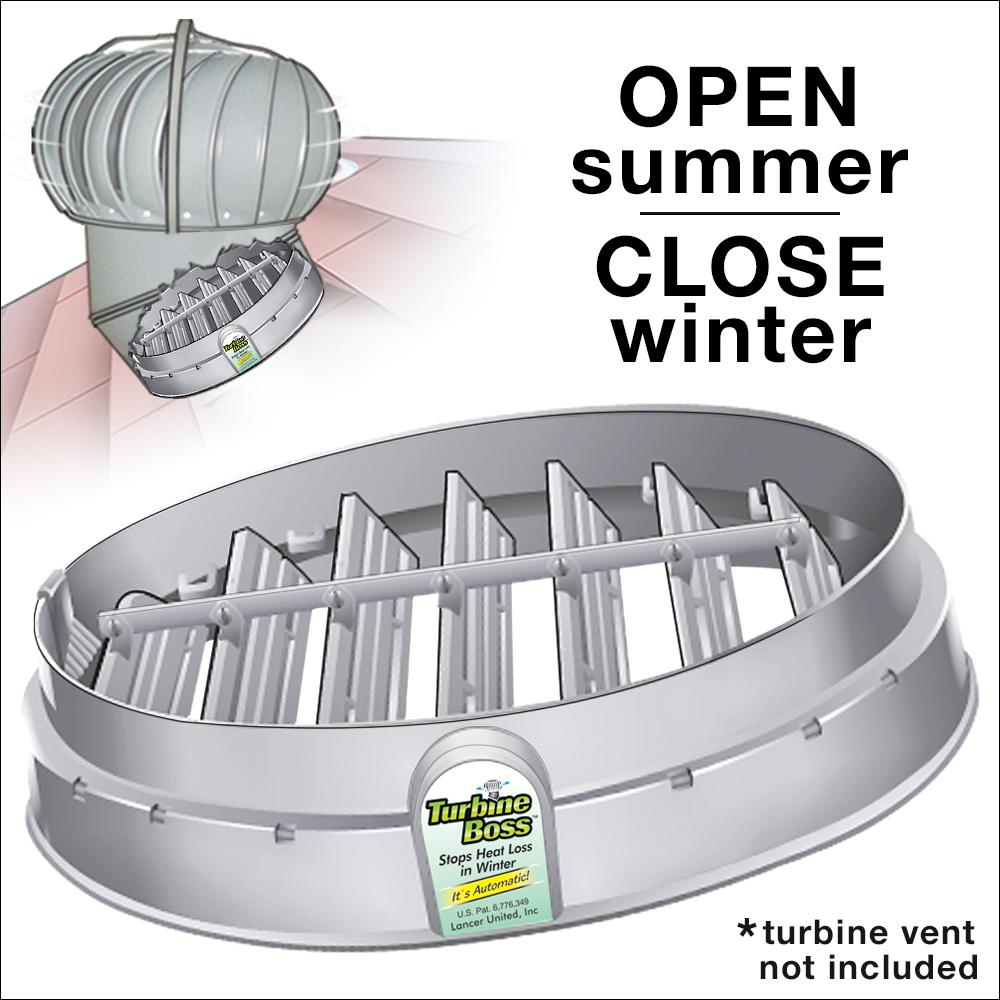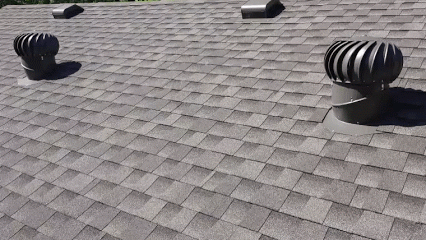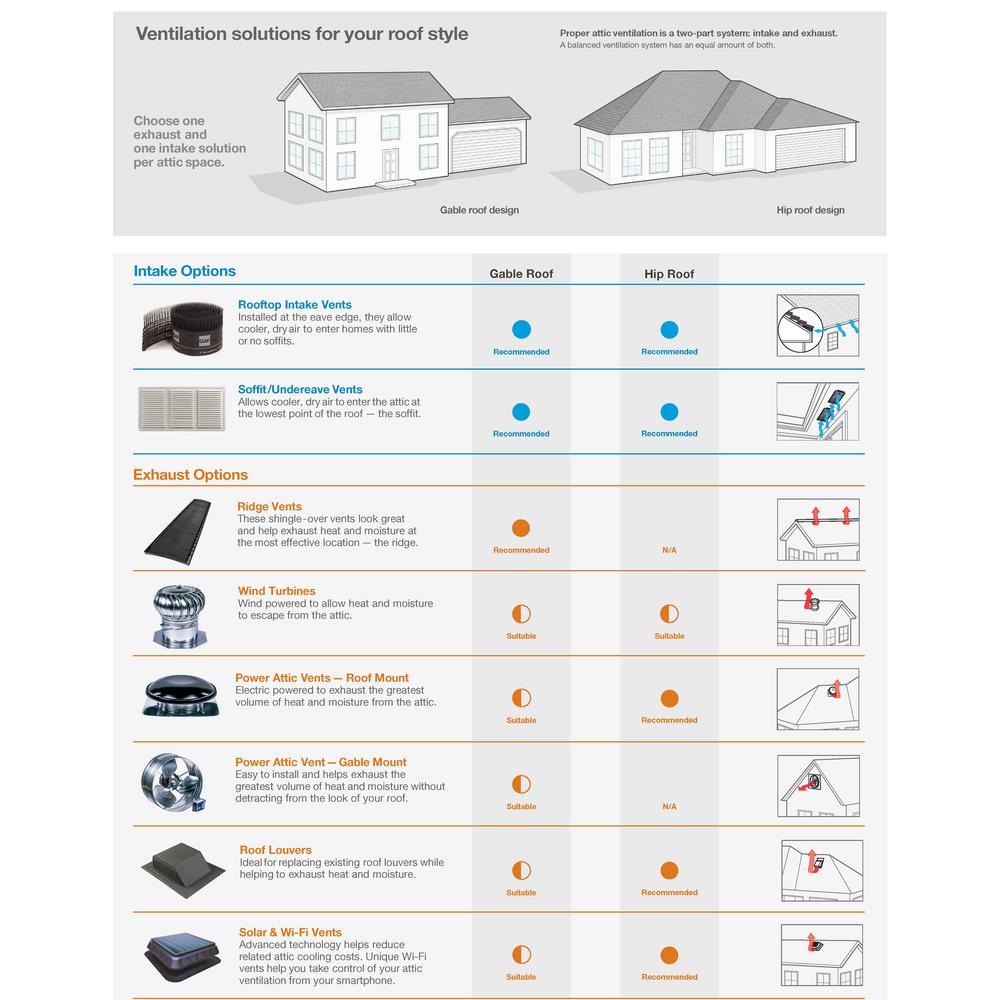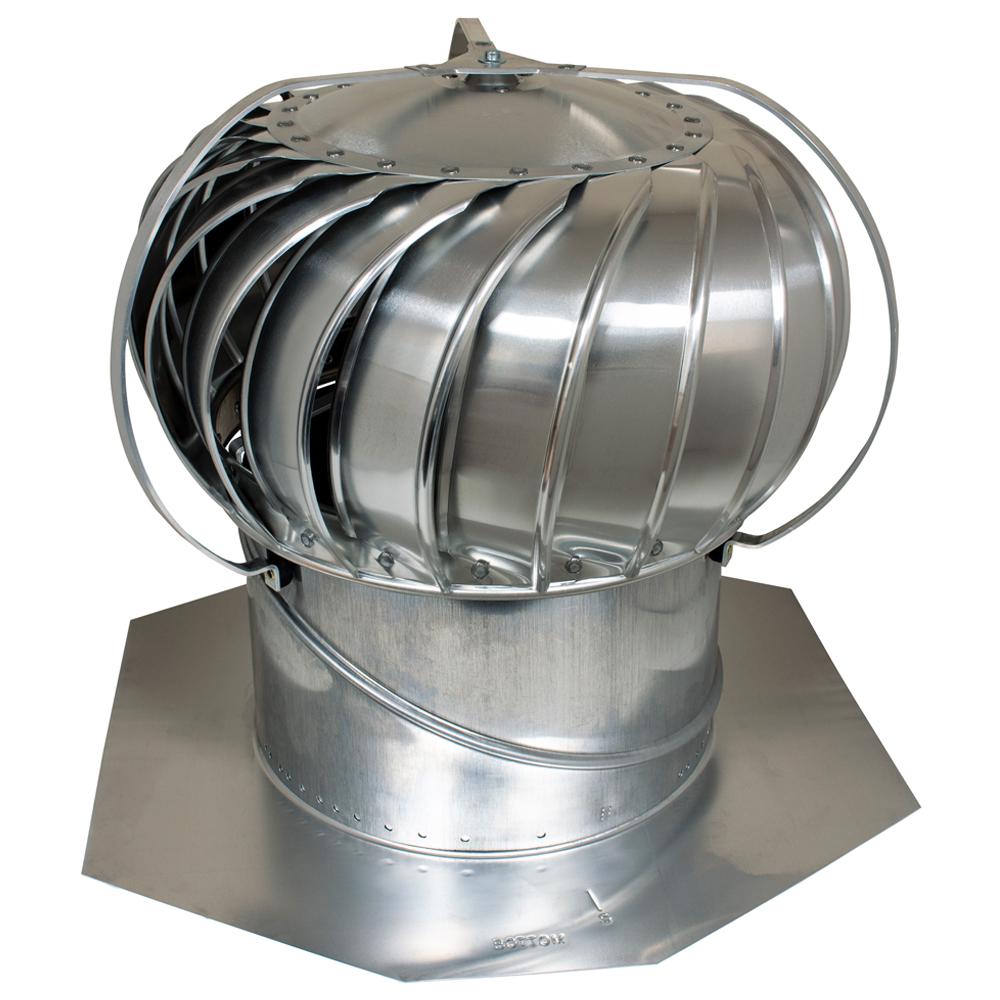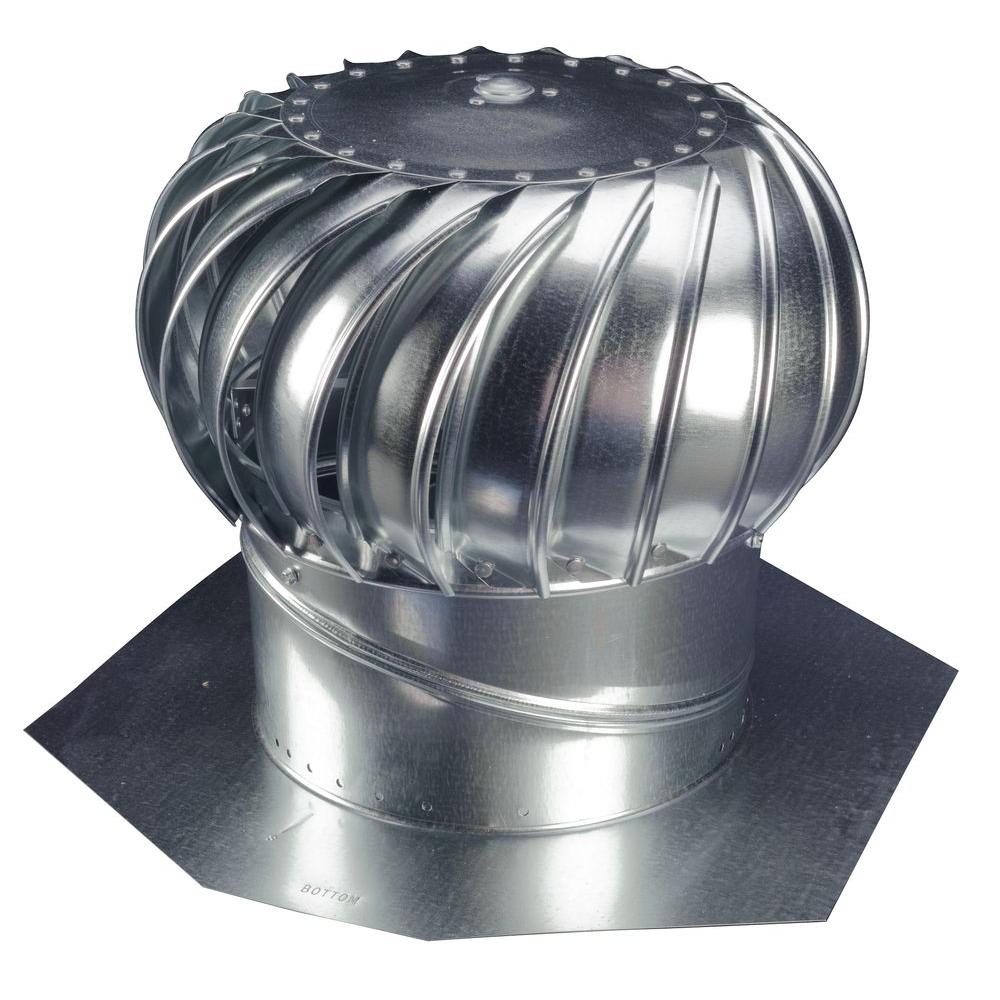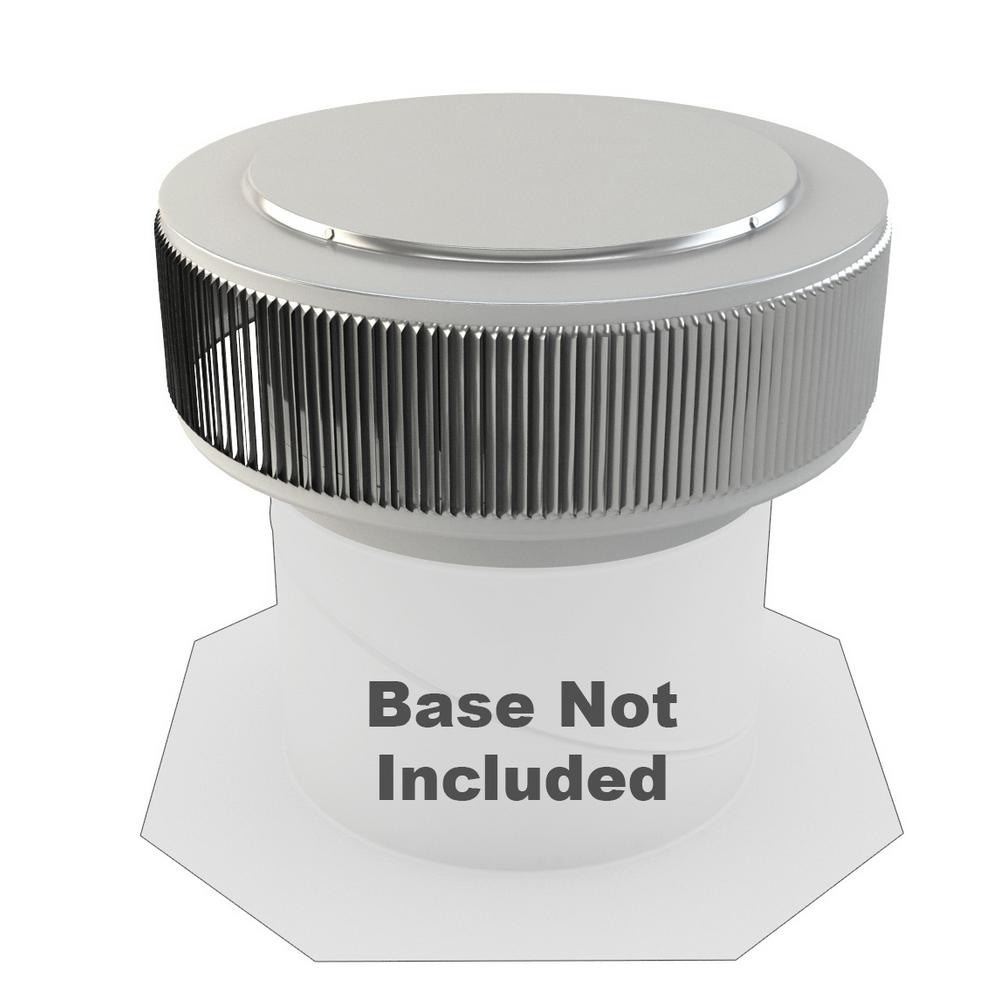Roof vents need to move hot humid air from the attic to the outdoors so that humidity doesn t build up and cause mold rot or other moisture problems that findlay roofing regularly sees when dealing with attic issues.
How roof turbine vents work.
Not all turbines will fit all roof pitches.
Ft of vent space half dedicated for air intake in the soffits and the other half for exhaust on the roof.
27 lineal feet required.
How to install turbine vents.
This is most effective in areas where winds average at least five miles per hour or otherwise will not offer the most effective reliable source of venting.
It s the exact same process for a roof turbine vent.
Since turbines are attached directly to attic spaces they can siphon away that moist air effectively.
Good attic ventilation is important for preventing ice dams in the winter.
A ridge vent runs across the top of the roof s peak.
A turbine has a series of vanes that spin as wind passes through them.
Choose one of the following products to meet the recommended exhaust nfva of 528 square inches.
Attic must have 5 sq.
How do turbine roof vents work.
Turbine vents use a combination of wind and convection to extract stale hot air from inside your home and replace it with the cool clean air from the outside.
Once again watch this video and imagine i m installing a turbine vent.
To get the best performance these vents should be within three feet from the ridge.
These all work well and are typically installed near the top or the peak of the roof called the ridge.
If you decide to add more turbine vents to your roof be sure to buy ones that are aluminum.
Homeowners can choose from a variety of shapes and colors that closely match their shingles so that the vents won t appear too out of place on the roof.
One static vent style is the turbine vent.
A turbine is installed directly on the top of a roof and uses wind power to suck hot and humid air out of the attic.
Unlike turbines this venting style does not have any moving parts.
The base flashing of the turbine vent is identical to the bath fan flashing you ll see.
The turbines are adjustable so that the spinning part is level even though the roof is slanted.
Most residential homes have some type of attic ventilation.
Because warm air rises up the wind powered vents with their spinning action tend to suck the air outside.
In addition pay attention to the maximum roof pitch that will work with the turbines.
These can be ridge vents wind turbines or the flat vents your roofer wants to install.
Ventsure 4 foot strip heat moisture ridge vent.
These will not rust.
If your roof is not too steep and you have asphalt shingles this is a diy project.
It could be dormers gable end vents ridge vents turtle vents or turbines vents.
A turbine vent draws air from inside the attic as wind turns the turbines.
